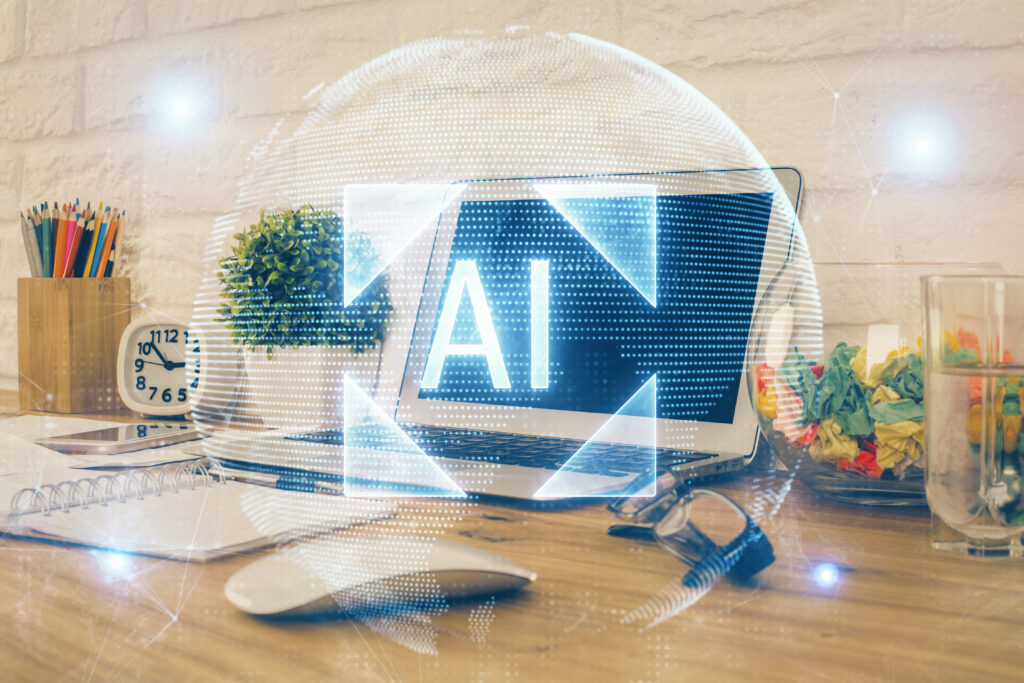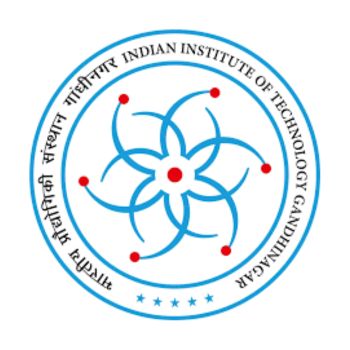Students can join the fundamentals of the Generative AI Course by Microsoft. Check the details below!
About Generative AI
Generative AI, short for Generative Artificial Intelligence, refers to a subset of artificial intelligence (AI) that focuses on creating or generating new content, such as text, images, audio, or even video, similar to human-created content. Generative AI systems learn patterns from large datasets and generate new data that mimics the input data’s style, format, or characteristics.

One of the most notable advancements in generative AI is the development of generative models, particularly deep learning-based models. Some commonly used generative models include:
- Generative Adversarial Networks (GANs): GANs consist of two neural networks, a generator and a discriminator, which compete with each other. The generator aims to create indistinguishable data from real data, while the discriminator tries to distinguish between real and generated data. This competition drives the generator to improve its output continually.
- Variational Autoencoders (VAEs): VAEs are a generative model that learns a probabilistic representation of data. They are often used for generating data that follows a specific distribution, such as images or text.
- Recurrent Neural Networks (RNNs) and Transformers: These are recurrent and attention-based neural network architectures, respectively, that can be used for sequence generation tasks, such as text generation or language translation.
Generative AI has a wide range of applications, including:
- Text Generation: Generating human-like text, which is used in chatbots, content generation, and even creative writing.
- Image Generation: Creating realistic images that can be used in art, design, and even deepfake technology.
- Speech and Audio Generation: Generating human-like speech or music in text-to-speech systems and music composition.
- Data Augmentation: Creating synthetic data to expand training datasets for machine learning models.
- Anomaly Detection: Generating expected data under normal conditions and detecting anomalies when generated data deviates significantly from the norm.
- Drug Discovery: Generating molecular structures for drug candidates.
Generative AI has made significant strides in recent years, leading to applications that were once considered science fiction. However, it also raises ethical concerns, particularly related to the generation of fake content and the potential for misuse. Researchers and developers are actively addressing these concerns while pushing the boundaries of what generative AI can achieve.
Introduction to Generative AI by Microsoft
Generative AI and technologies that implement it like ChatGPT are increasingly in the public consciousness – even among people who don’t work in technology roles or have a background in computer science or machine learning. The futurist and novelist Arthur C. Clarke is quoted as observing that “any sufficiently advanced technology is indistinguishable from magic”. In the case of generative AI, there does indeed seem to be an almost miraculous ability to produce human-like original content, including poetry, prose, and even computer code.
However, there’s no wizardry involved in generative AI – just the application of mathematical techniques that have been incrementally discovered and refined over many years of research into statistics, data science, and machine learning. You can gain a high-level understanding of how the magic trick is done by learning the core concepts and principles explored in this module. As you learn more about the generative AI technologies we have today, you can help society imagine new possibilities for AI tomorrow.
Quick Links
- Fundamentals of Generative AI [40 Mins; 9 Units]
- Introduction to Azure OpenAI Service
- Responsible Generative AI
Course Fee
This course is Free











